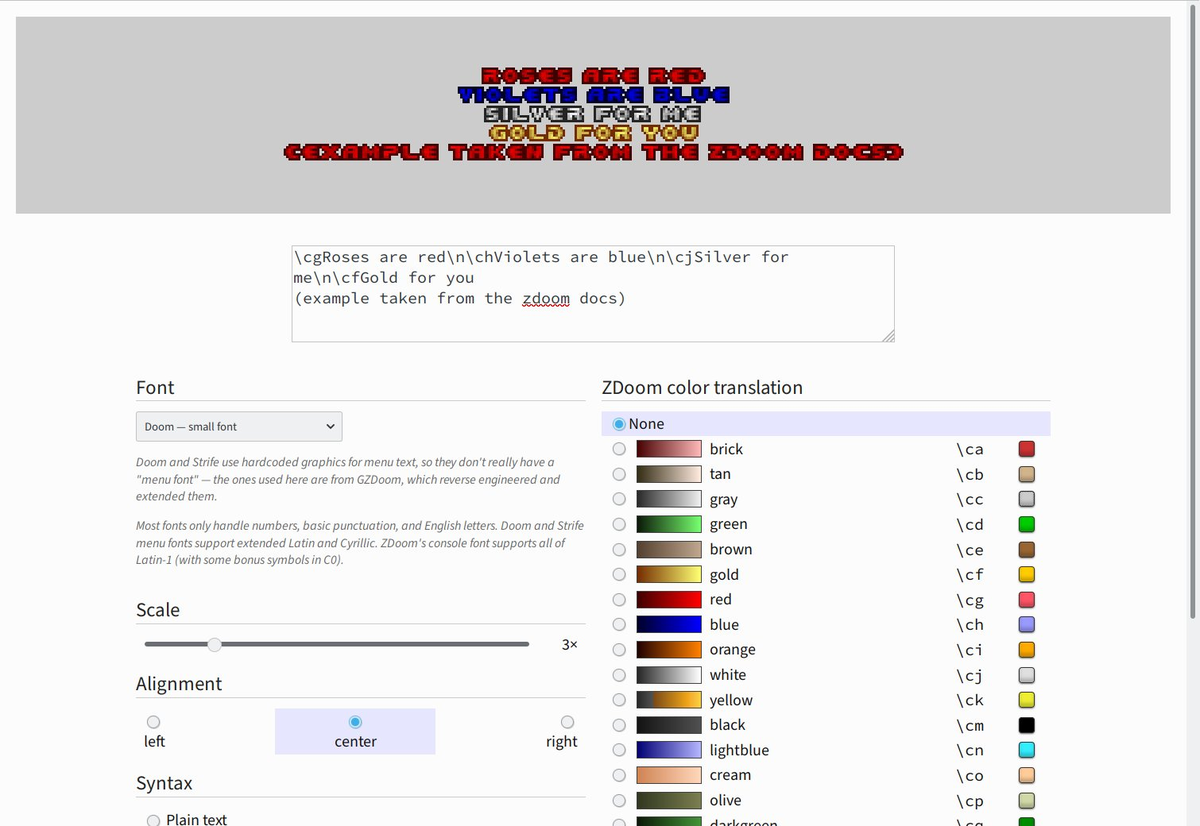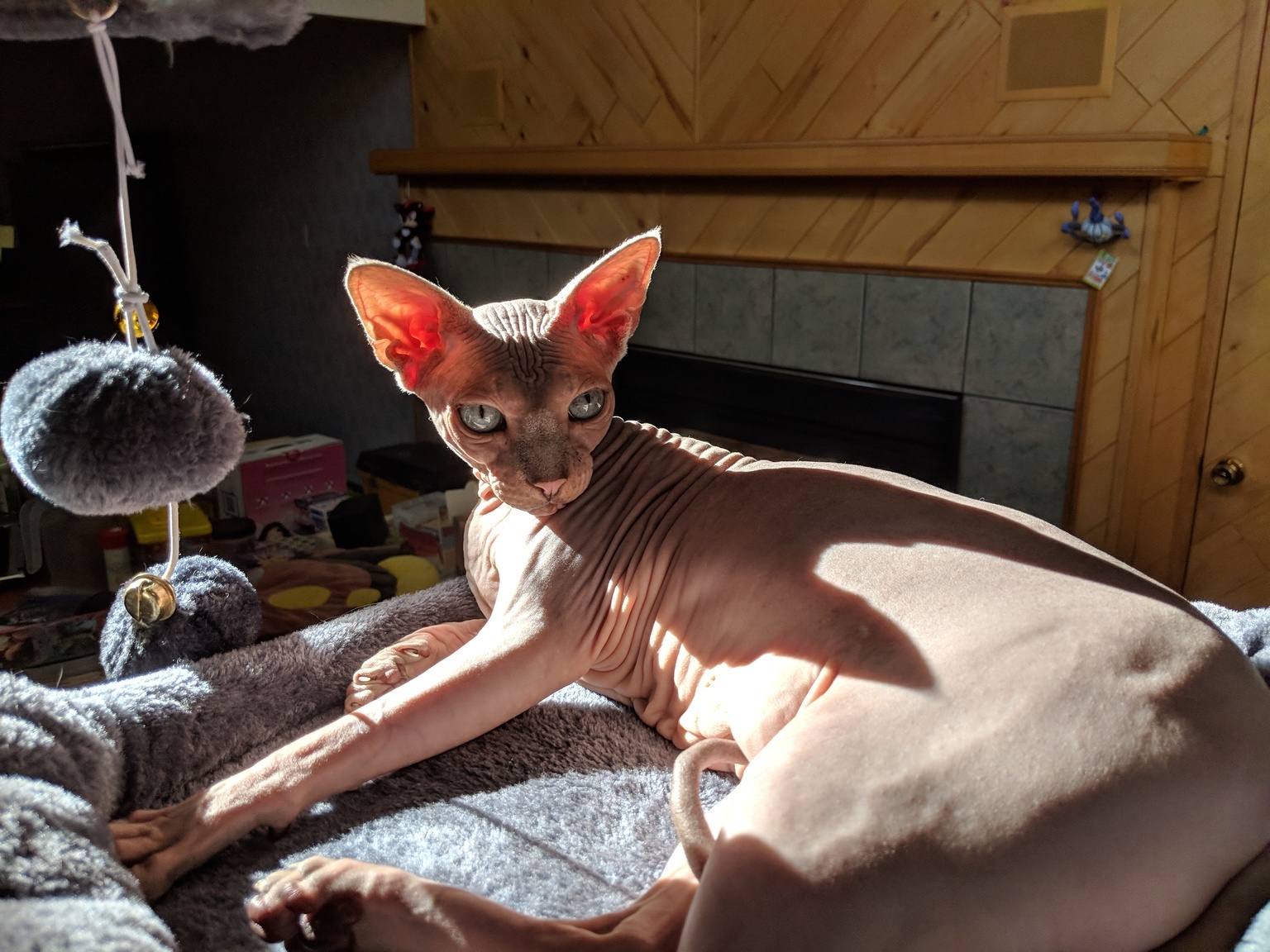I first got into web design/development in the late 90s, and only as I type this sentence do I realize how long ago that was.
And boy, it was horrendous. I mean, being able to make stuff and put it online where other people could see it was pretty slick, but we did not have very much to work with.
I’ve been taking for granted that most folks doing web stuff still remember those days, or at least the decade that followed, but I think that assumption might be a wee bit out of date. Some time ago I encountered a tweet marvelling at what we had to do without border-radius. I still remember waiting with bated breath for it to be unprefixed!
But then, I suspect I also know a number of folks who only tried web design in the old days, and assume nothing about it has changed since.
I’m here to tell all of you to get off my lawn. Here’s a history of CSS and web design, as I remember it.

![[articles]](https://eev.ee/theme/images/category-articles.png) Old CSS, new CSS
Old CSS, new CSS
![[personal]](https://eev.ee/theme/images/category-personal.png) Eevee gained 3169 experience points
Eevee gained 3169 experience points
![[updates]](https://eev.ee/theme/images/category-updates.png) Advent calendar 2019
Advent calendar 2019



![[dev]](https://eev.ee/theme/images/category-dev.png) Weekly roundup: Somewhere
Weekly roundup: Somewhere